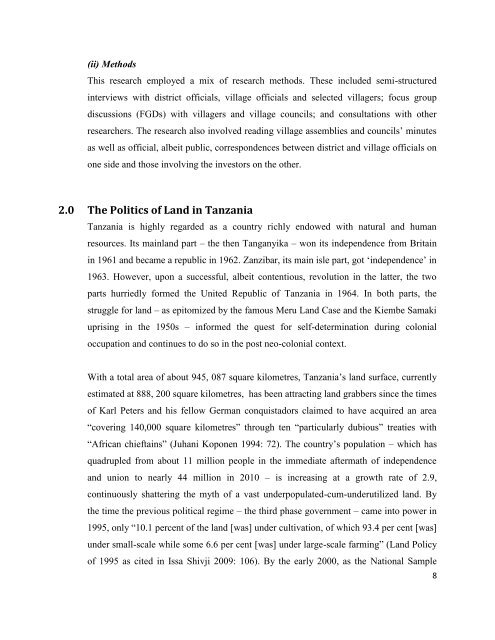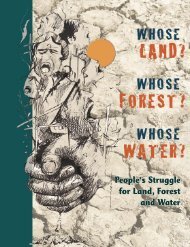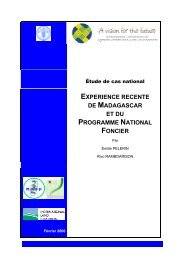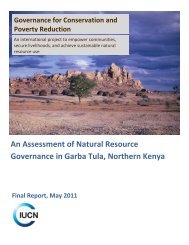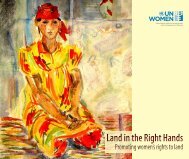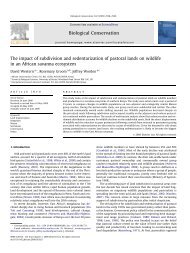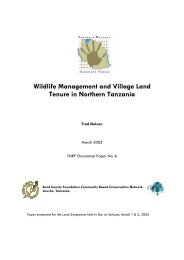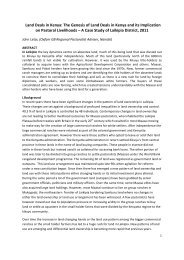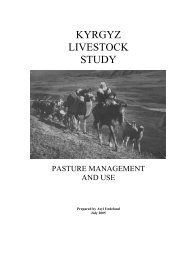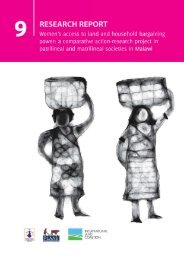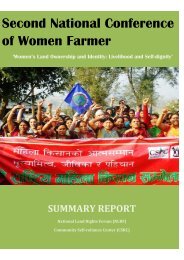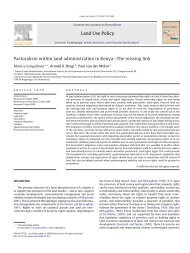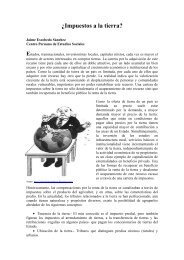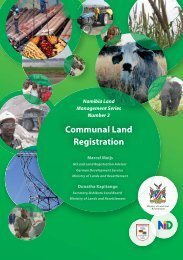accumulation by land dispossession and labor ... - Land Portal
accumulation by land dispossession and labor ... - Land Portal
accumulation by land dispossession and labor ... - Land Portal
You also want an ePaper? Increase the reach of your titles
YUMPU automatically turns print PDFs into web optimized ePapers that Google loves.
(ii) Methods<br />
This research employed a mix of research methods. These included semi-structured<br />
interviews with district officials, village officials <strong>and</strong> selected villagers; focus group<br />
discussions (FGDs) with villagers <strong>and</strong> village councils; <strong>and</strong> consultations with other<br />
researchers. The research also involved reading village assemblies <strong>and</strong> councils‘ minutes<br />
as well as official, albeit public, correspondences between district <strong>and</strong> village officials on<br />
one side <strong>and</strong> those involving the investors on the other.<br />
2.0 The Politics of L<strong>and</strong> in Tanzania<br />
Tanzania is highly regarded as a country richly endowed with natural <strong>and</strong> human<br />
resources. Its main<strong>l<strong>and</strong></strong> part – the then Tanganyika – won its independence from Britain<br />
in 1961 <strong>and</strong> became a republic in 1962. Zanzibar, its main isle part, got ‗independence‘ in<br />
1963. However, upon a successful, albeit contentious, revolution in the latter, the two<br />
parts hurriedly formed the United Republic of Tanzania in 1964. In both parts, the<br />
struggle for <strong>l<strong>and</strong></strong> – as epitomized <strong>by</strong> the famous Meru L<strong>and</strong> Case <strong>and</strong> the Kiembe Samaki<br />
uprising in the 1950s – informed the quest for self-determination during colonial<br />
occupation <strong>and</strong> continues to do so in the post neo-colonial context.<br />
With a total area of about 945, 087 square kilometres, Tanzania‘s <strong>l<strong>and</strong></strong> surface, currently<br />
estimated at 888, 200 square kilometres, has been attracting <strong>l<strong>and</strong></strong> grabbers since the times<br />
of Karl Peters <strong>and</strong> his fellow German conquistadors claimed to have acquired an area<br />
―covering 140,000 square kilometres‖ through ten ―particularly dubious‖ treaties with<br />
―African chieftains‖ (Juhani Koponen 1994: 72). The country‘s population – which has<br />
quadrupled from about 11 million people in the immediate aftermath of independence<br />
<strong>and</strong> union to nearly 44 million in 2010 – is increasing at a growth rate of 2.9,<br />
continuously shattering the myth of a vast underpopulated-cum-underutilized <strong>l<strong>and</strong></strong>. By<br />
the time the previous political regime – the third phase government – came into power in<br />
1995, only ―10.1 percent of the <strong>l<strong>and</strong></strong> [was] under cultivation, of which 93.4 per cent [was]<br />
under small-scale while some 6.6 per cent [was] under large-scale farming‖ (L<strong>and</strong> Policy<br />
of 1995 as cited in Issa Shivji 2009: 106). By the early 2000, as the National Sample<br />
8


